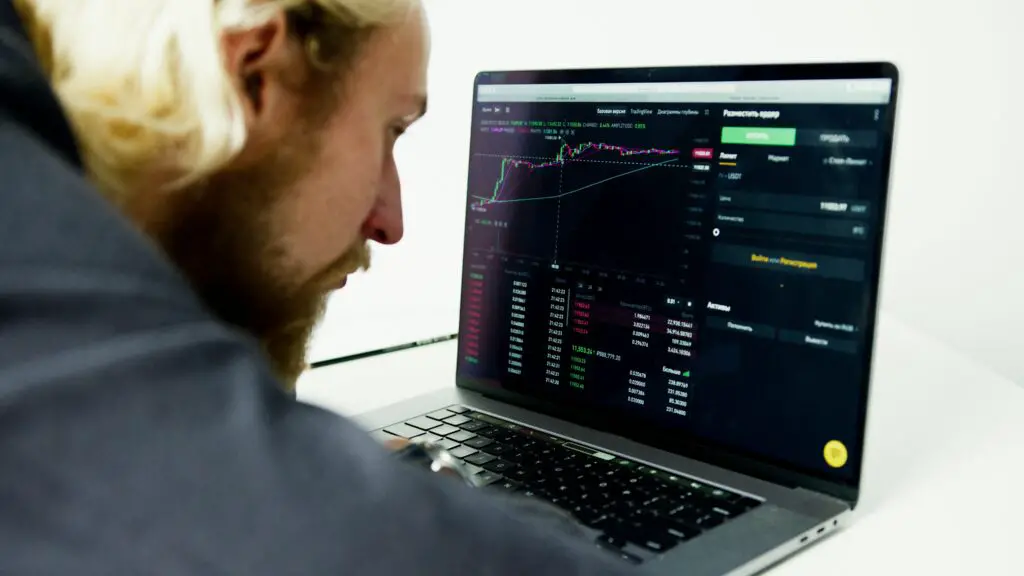When you trade forex or foreign exchange, you buy and sell currencies to make money from changes in their values. A key idea in fixed trading is the “support level.” We will discuss a support level, how it works, why it is essential, and how players can use it to make better trades.
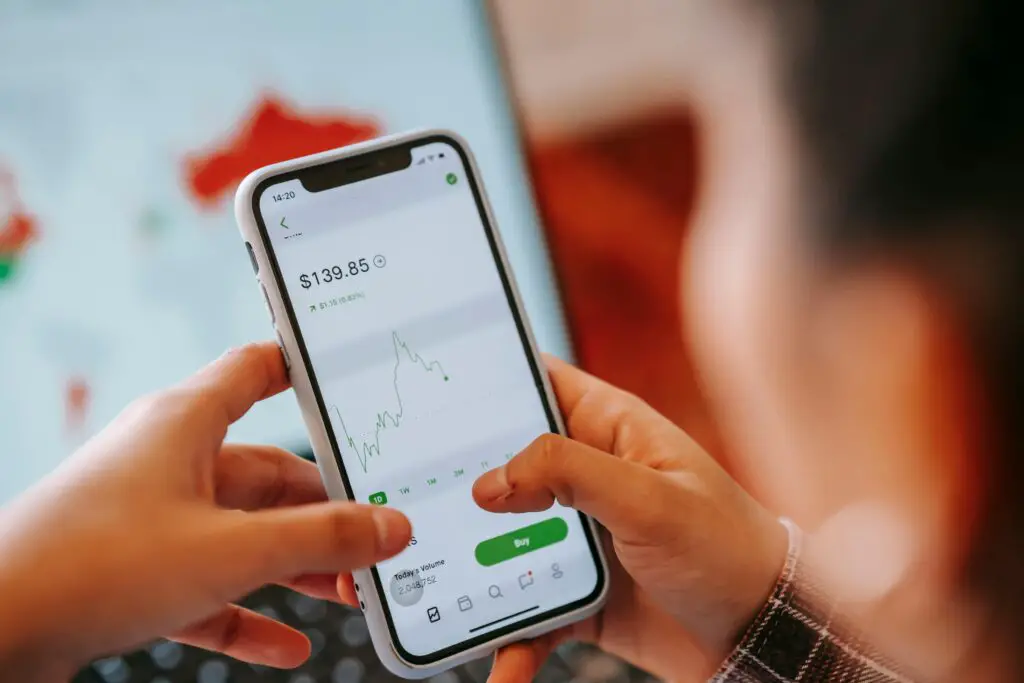
Help Level: What Is It?
A support level is a price below which an exchange pair is less likely to fall. It supports the price and keeps it from going down any further. When this level arrives, the cost of an exchange pair typically moves back up.
Say you drop a ball while holding it. The ball bounces back up after it hits the ground. The ground is like an even layer for the ball to rest on. In the same way, the price of a currency pair tends to rise again after falling to a certain level.
Why do support levels happen?
Support levels happen because of how buyers act in the market. Many buyers think it is an excellent time to buy when the price of a currency pair falls to a certain level. This is why they start purchasing the pair of currencies, which keeps the price from going down even more. Because of the following buyers may believe that a specific price is a good one to buy at:
Past Prices: Traders examine past price changes to find where prices stopped falling and rose again.
Social Factors: Some price levels, like 1.0000 for the EUR/USD trade pair, are vital because they are round numbers. This is where traders often put in orders to buy.
Market News: When buyers hear good things about a country’s economy, they may think its currency will weaken. This makes them more likely to buy at a specific price.
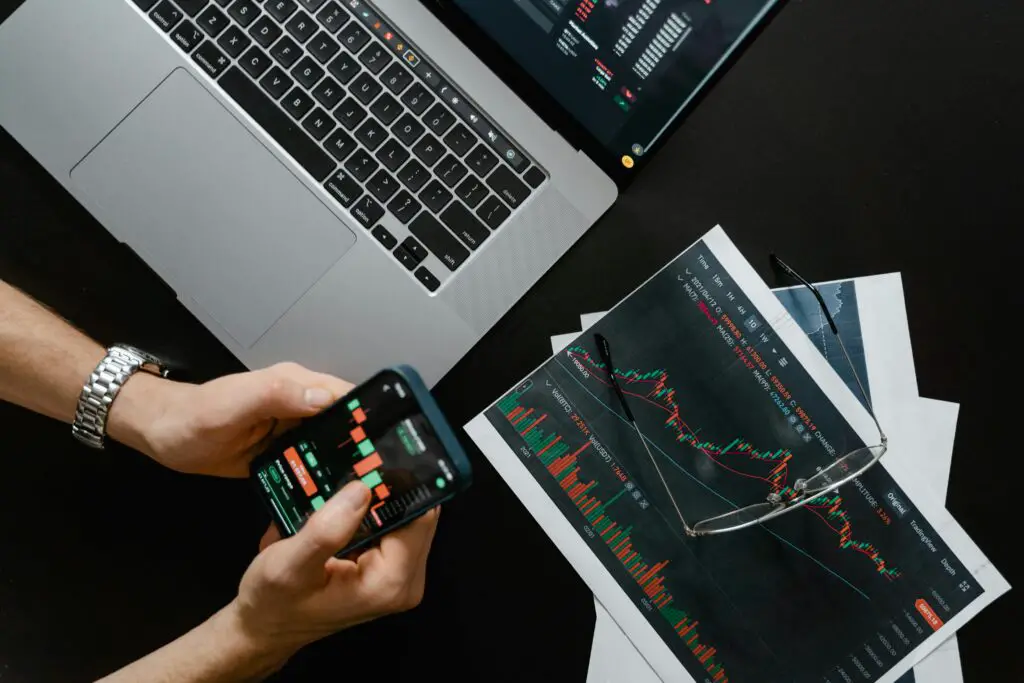
How to Figure Out Levels of Support
Looking at price charts is one way to find support levels. Here is a step-by-step guide:
Look at the Price Chart: Look at a map showing how the prices of the two coins have changed.
Find the Low Points: Look for places where the price went down and then came back up. These points could be levels of support.
Make a Line: Connect these points with a straight line. If the price has returned from this level more than once, it is a strong support level.
Different Levels of Help
A support level can be one of two main types:
Some price levels stay the same over time. These are called set support levels. Since the EUR/USD has returned from 1.1000 several times, that level will remain a support.
These levels of support change over time. Trend lines or moving averages are often used to find them. To make a trend line, you connect a set of growing lows that show an upward trend. On a chart, a moving average is a line that shows the average price over time.
Why Is It Important To Have Support Levels?
There are several reasons why support levels are essential:
Assessing Price Changes: Traders can guess where the price will stop going and start rising by knowing the support levels.

Making Trade Choices: Support levels help traders choose where to put their buy orders. If the price gets close to a support level, they might buy it because they think the price will go back up.
Setting up a stop-loss order means telling the market to sell a currency pair if its price drops below a certain level. When traders put stop-loss orders below support levels, they can only lose a certain amount of money if the price breaks through the support level.
How to Use Support Levels in Trading: Traders use support levels in the following ways:Traders might buy when the price of a currency pair is getting close to a support level. They do this because they think the price will go back up from the support level.
Stop Loss Orders: Traders put stop loss orders near support levels to ensure they are not losing money. When the price goes through the support level, the stop loss order will sell the currency pair at once, keeping the traders’ losses to a minimum.
Putting Together Other Signs: Support levels are often used with other technical help traders make better choices.
How to Use Support Levels: Some Examples
Now, let’s look at some real-life cases of how support levels work in traders:EUR/USD is an example. The EUR/USD pair has been decreasing and is now at 1.1000.When the price hit 1.1000 in the past, it went back up. People who trade see 1.1000 as a strong support level. When the price hits this level, they start to buy.
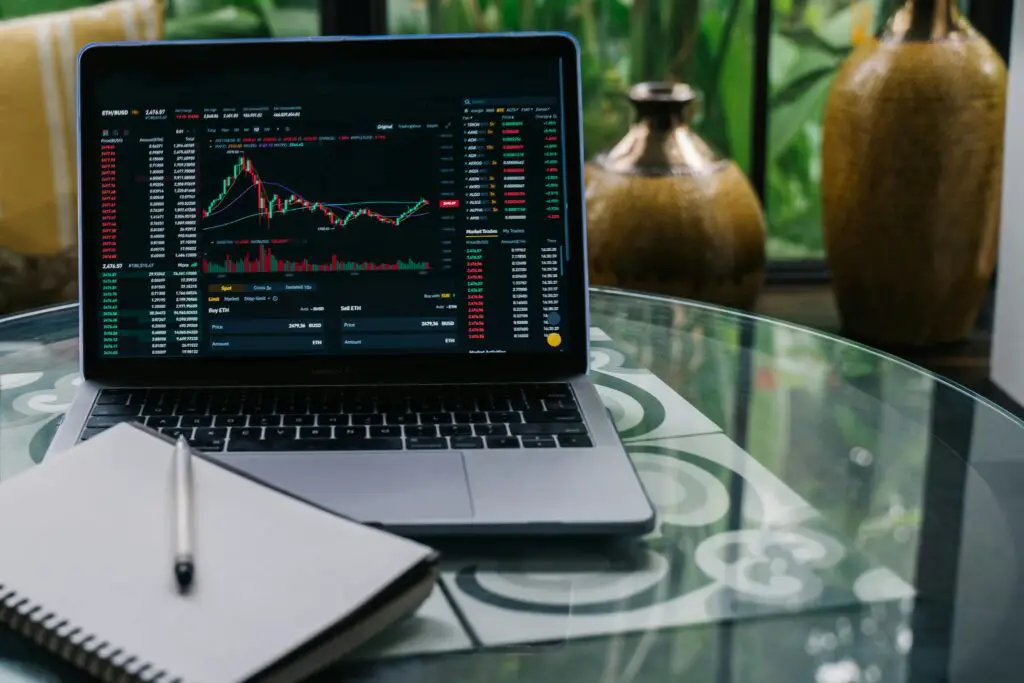
The price cannot fall more because of the higher demand. It starts going up again. Another example is GBP/USD, with a moving average. The GBP/USD pair increases, and traders use the 50-day moving average to find support levels. The price goes down but stays above the line of the 50-day moving average, showing a dynamic support level. People who trade expect the price to keep going up, so they buy near the moving average line.
Mistakes People Often Make When They Use Support Levels
Support levels are helpful, but buyers can only mess up if they are careful. These mistakes happen a lot:
Ignoring the Market: Support levels might not hold when the market is erratic. Changes in politics or the economy can cause prices to break through support levels.
Too Much Trust in Support Levels: Trading plans can go wrong if you only look at support levels and do not consider other things. It is essential to use more than just support levels when analyzing something.
Not Making Changes for Time Frames: Support levels can differ at different times. On a weekly chart, a support level that is important on a daily chart might not be necessary. Traders should think about the time frame they are trading with.
How to Use Support Levels More Artfully
Here are some advanced trading tips for people who want to learn more:
When you mix resistance levels with support levels, you get the opposite of what you want. They act as a cap that makes it hard for the price to break through. Knowing about support and resistance can help you understand how the market is acting more fully.
Using Volume: High trade volume near support levels can strengthen them. If there is a lot of trading when the price hits the support level, it is more likely to stay put.
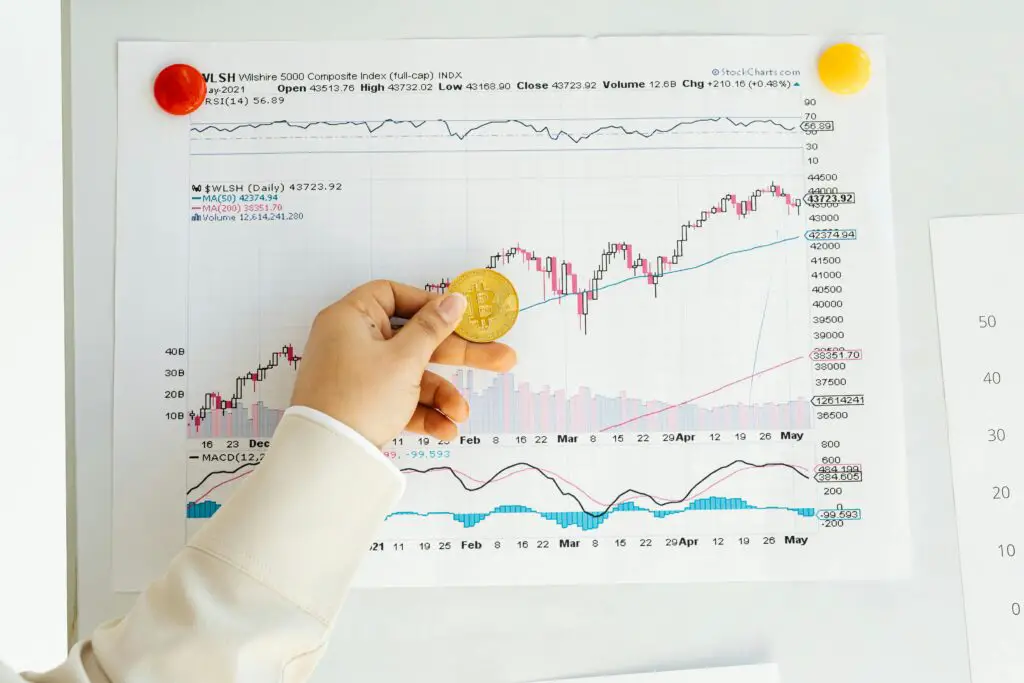
Keeping an eye on events and news: Trades can better understand why support levels might hold or break if they pay attention to economic news and events. If good news about a nation’s business exists, its currency may have more support.
Getting Used to Demo Accounts: Find and trade support levels in a demo account before using those methods in a real trading account. This helps you feel more confident and gives you practice without putting real money at risk.
In conclusion
Support levels are one of the most essential ideas in forex trading. They show the price levels at which a currency pair usually stops going down and starts going back up. If traders know how to find and understand support levels, they can make better trading choices, predict price changes, and protect their investments.
Traders should look at price charts to find low points where prices have previously come back. Then, they should draw vertical lines at these places. Also, they should think about static and dynamic support levels and use other technical signs to ensure they know what mistakes people usually make.
No matter how skilled you are as a trader, learning about support levels can help you improve your trading plan and feel safer in the forex market. Remember to keep your skills sharp, practice, and know what is happening in the market to get the most out of support levels in your trade.
